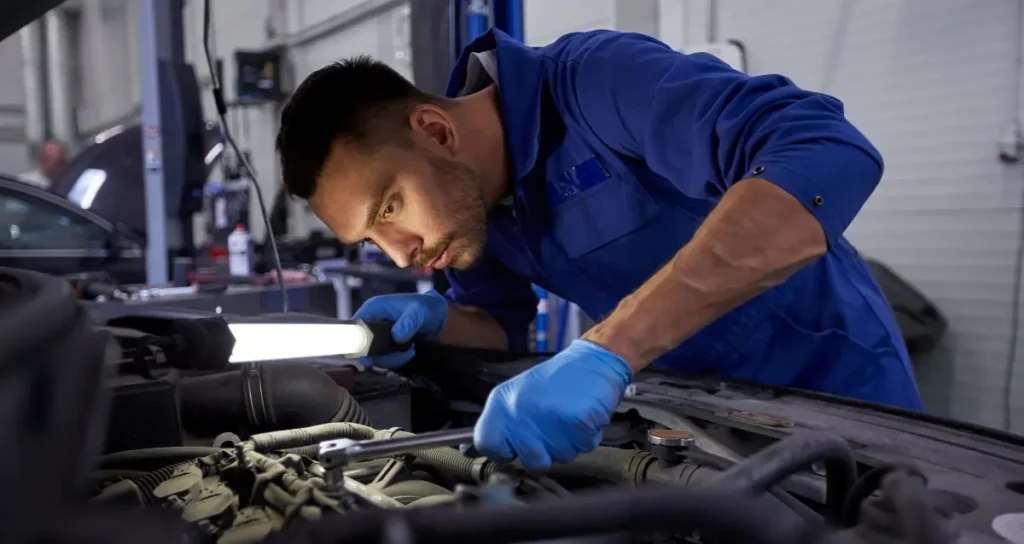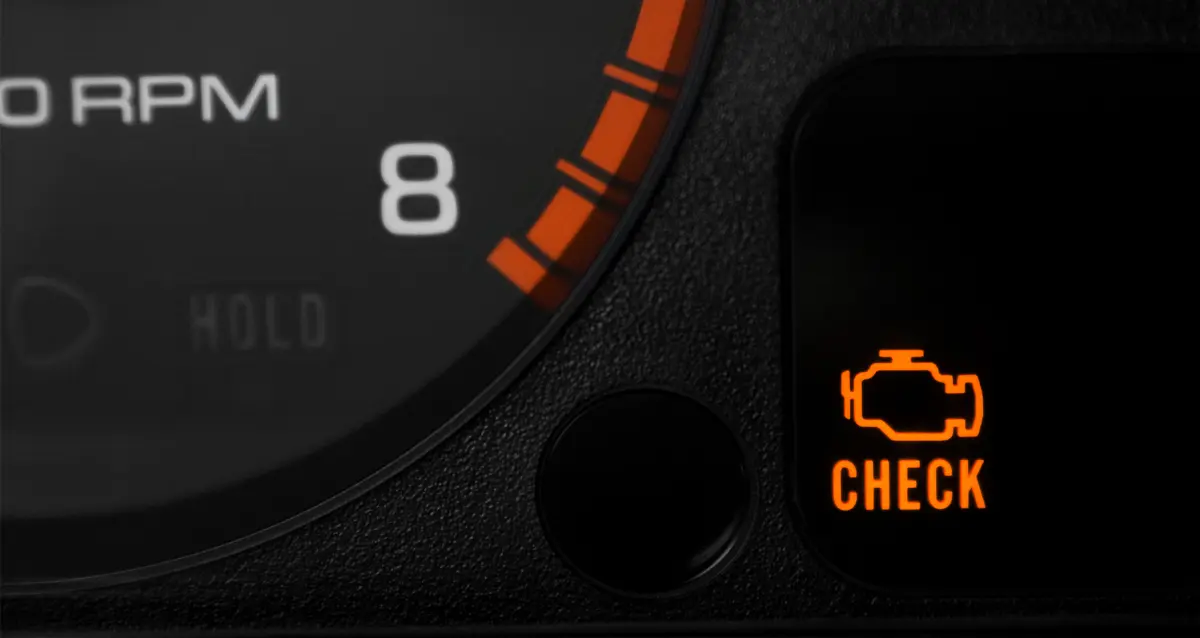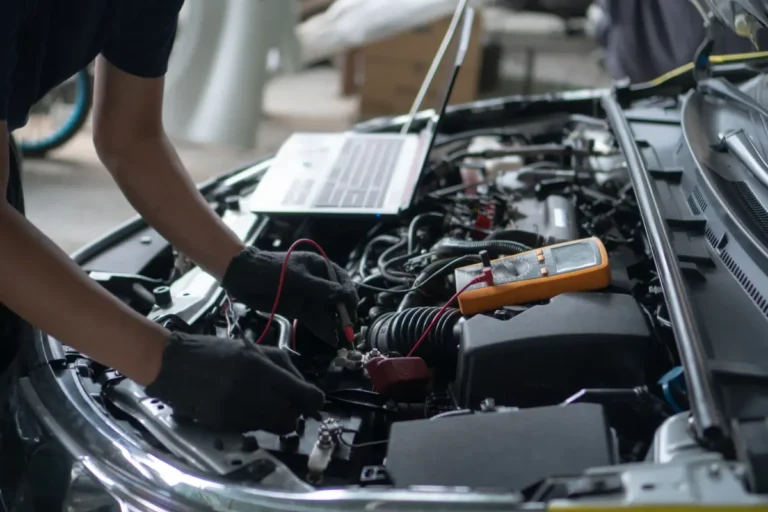Check Engine Light Flashing and Car Shaking: A Comprehensive Guide
Have you ever experienced a heart-stopping moment when your car’s Check Engine Light starts flashing, accompanied by an unsettling shaking sensation? This alarming combination of events can leave even the most experienced drivers feeling uneasy. Fear not, as we’re here to demystify this automotive conundrum and provide you with a comprehensive guide to understanding and addressing this issue.
Causes of Check Engine Light Flashing and Car Shaking:
Note: It is best to seek professional help as soon as possible. It’s crucial not to continue driving with a flashing Check Engine Light, as it can lead to further damage to your vehicle’s engine.
Quick Tip
What is the Check Engine Light?
The Check Engine Light is an essential component of your vehicle’s onboard diagnostic system. Its primary purpose is to alert you to potential problems within the engine or emission control systems. While a solid Check Engine Light typically indicates a minor issue, a flashing light signifies a more serious problem that requires immediate attention.

Causes of Check Engine Light Flashing and Car Shaking
A flashing Check Engine Light, coupled with a shaking car, can be attributed to several underlying issues. Let’s explore the most common culprits:
Bad Ignition Coil
Ignition coils play a crucial role in providing the high-voltage current necessary to fire the spark plugs, enabling combustion within the engine cylinders. When an ignition coil malfunctions, it can lead to misfires, poor idling, loss of power, and decreased fuel efficiency.
Engine Misfiring on One Cylinder
An engine misfire occurs when the combustion process in one or more cylinders is disrupted, resulting in incomplete or absent combustion. This can happen during start-up, idling, or acceleration, causing a noticeable shaking sensation and triggering the Check Engine Light.
Faulty Fuel Injector
Fuel injectors are responsible for delivering the precise amount of fuel to each cylinder, ensuring efficient combustion. If a fuel injector becomes clogged, leaks, or fails to operate correctly, it can lead to misfires, rough idling, and a shaking engine.
Bad Spark Plugs
Spark plugs are essential components that provide the spark necessary to ignite the air-fuel mixture within each cylinder. Over time, spark plugs can become fouled or worn, resulting in misfires, rough engine operation, and a flashing Check Engine Light.
Low Compression
Low compression within the engine cylinders can significantly impact the engine’s performance and efficiency. This issue can arise due to various factors, such as leaky valves, head gasket failure, or piston ring wear. Low compression can lead to misfires, decreased fuel efficiency, and difficulties starting the engine.
Bad Engine Sensor
Modern vehicles are equipped with various sensors that monitor and adjust various engine parameters, such as fuel pressure, airflow, and timing. If any of these sensors malfunction, it can adversely affect the engine’s performance, potentially causing misfires and triggering the Check Engine Light.

Diagnosing the Problem
If you’re experiencing a flashing Check Engine Light and a shaking car, it’s important to diagnose the issue promptly. Here are the steps you can take:
Reading Trouble Codes
The first step in diagnosing the problem is to read the trouble codes stored in your vehicle’s onboard computer. These codes provide valuable information about the specific issue your car is experiencing. You can read these codes using a compatible code scanner or by visiting a professional mechanic.
Inspecting Ignition Coils and Spark Plugs
If the trouble codes point to a specific cylinder, it’s a good idea to inspect the spark plug and ignition coil for that cylinder. Depending on your vehicle, you may need to remove additional components, such as the engine cover or intake manifold, to access these parts. Replace the faulty component if necessary and check if the issue is resolved.
Testing Fuel Injectors
Checking the fuel injectors is another crucial step in diagnosing the problem. You can perform a simple test by placing a screwdriver against the injector while the engine is running. If you hear a clicking sound, the injector is functioning correctly. If not, the injector may need cleaning or replacement.
Seeking Professional Help
If you’ve exhausted all troubleshooting options and are still unable to resolve the issue, it’s time to seek professional assistance. Consult a reputable mechanic or repair shop to diagnose and fix the underlying problem. Remember, it’s crucial not to continue driving with a flashing Check Engine Light, as it can lead to further damage to your vehicle’s engine.
Conclusion
A flashing Check Engine Light accompanied by a shaking car can be a nerve-wracking experience, but understanding the potential causes and taking appropriate action can help alleviate the problem. By following the steps outlined in this guide, you can diagnose and address the issue effectively, ensuring the longevity and optimal performance of your vehicle. However, if you’re ever in doubt or feel overwhelmed, don’t hesitate to seek professional assistance to keep your car running smoothly.
FAQs
Can I continue driving with a flashing Check Engine Light?
No, it’s not recommended to continue driving with a flashing Check Engine Light, as it indicates a serious issue that could potentially cause further damage to your engine if left unaddressed.
How often should I replace my spark plugs?
The recommended interval for spark plug replacement varies depending on your vehicle’s make, model, and driving conditions. Consult your owner’s manual or a professional mechanic for a specific recommendation for your car.
Can a bad fuel filter cause a flashing Check Engine Light and car shaking?
Yes, a clogged or faulty fuel filter can restrict fuel flow, leading to misfires and potentially causing a flashing Check Engine Light and shaking sensation.
What are the signs of a bad ignition coil?
Common signs of a bad ignition coil include misfiring, rough idling, loss of power, decreased fuel efficiency, and difficulty starting the engine.
How can I prevent engine sensor issues?
To prevent engine sensor issues, it’s important to follow the recommended maintenance schedule for your vehicle, including regular inspections and replacements of sensors as needed. Additionally, addressing any other engine problems promptly can help prevent sensor failures.
FURTHER READING







